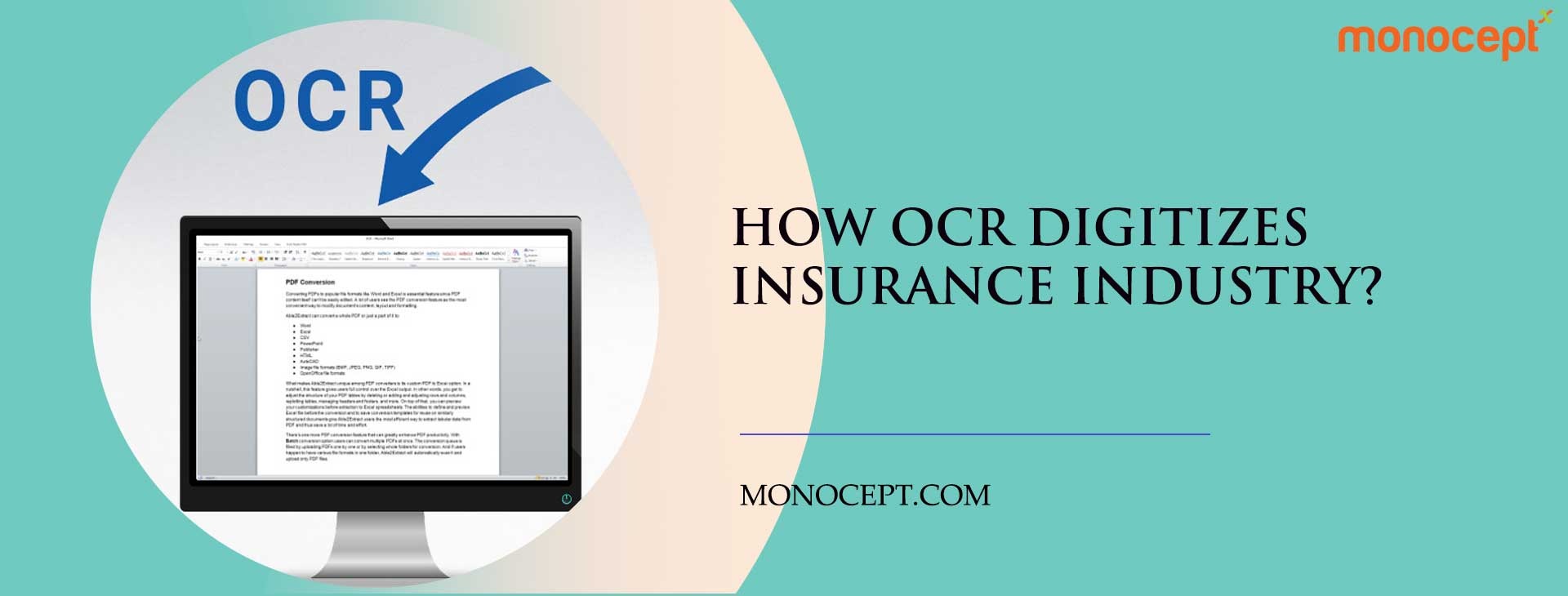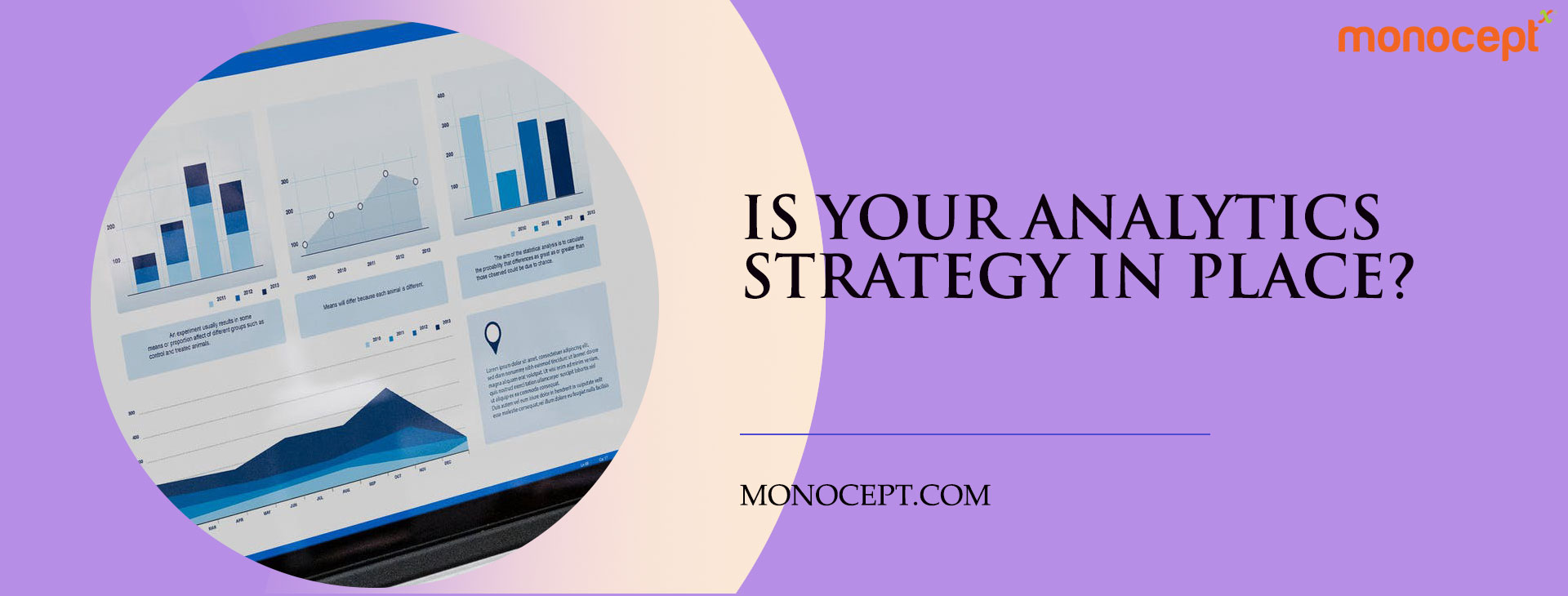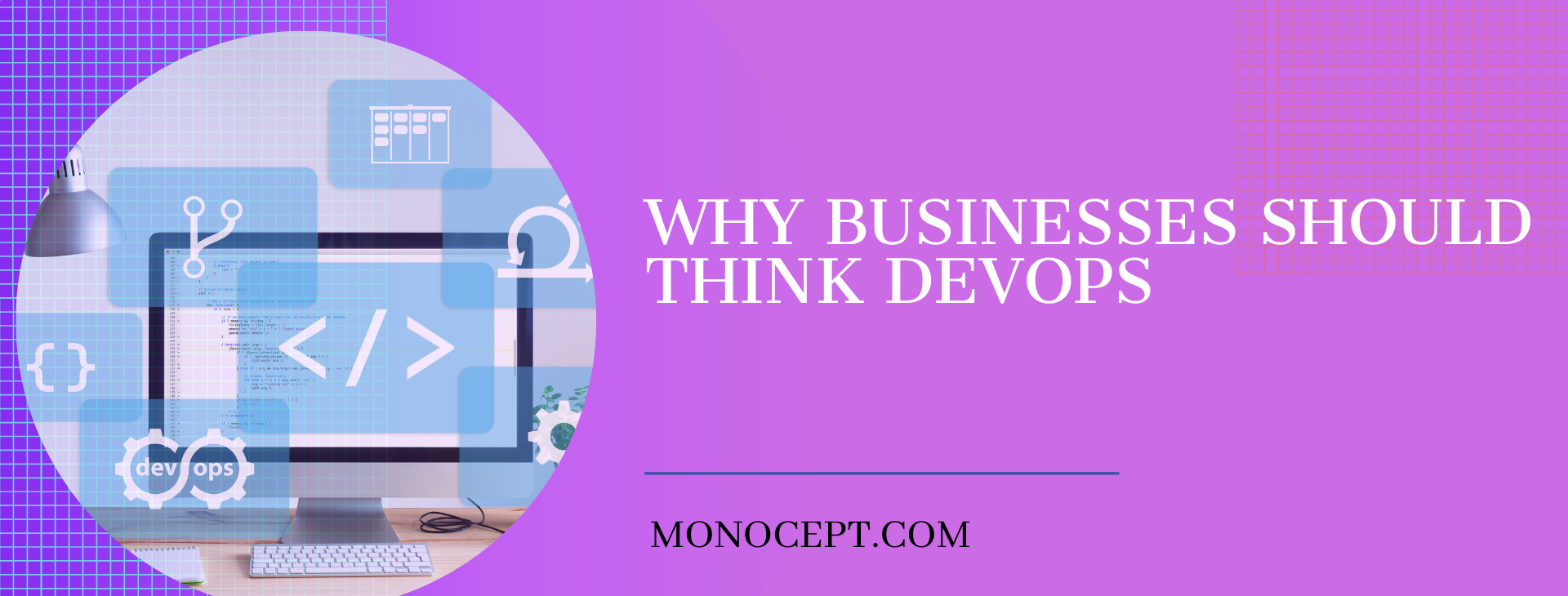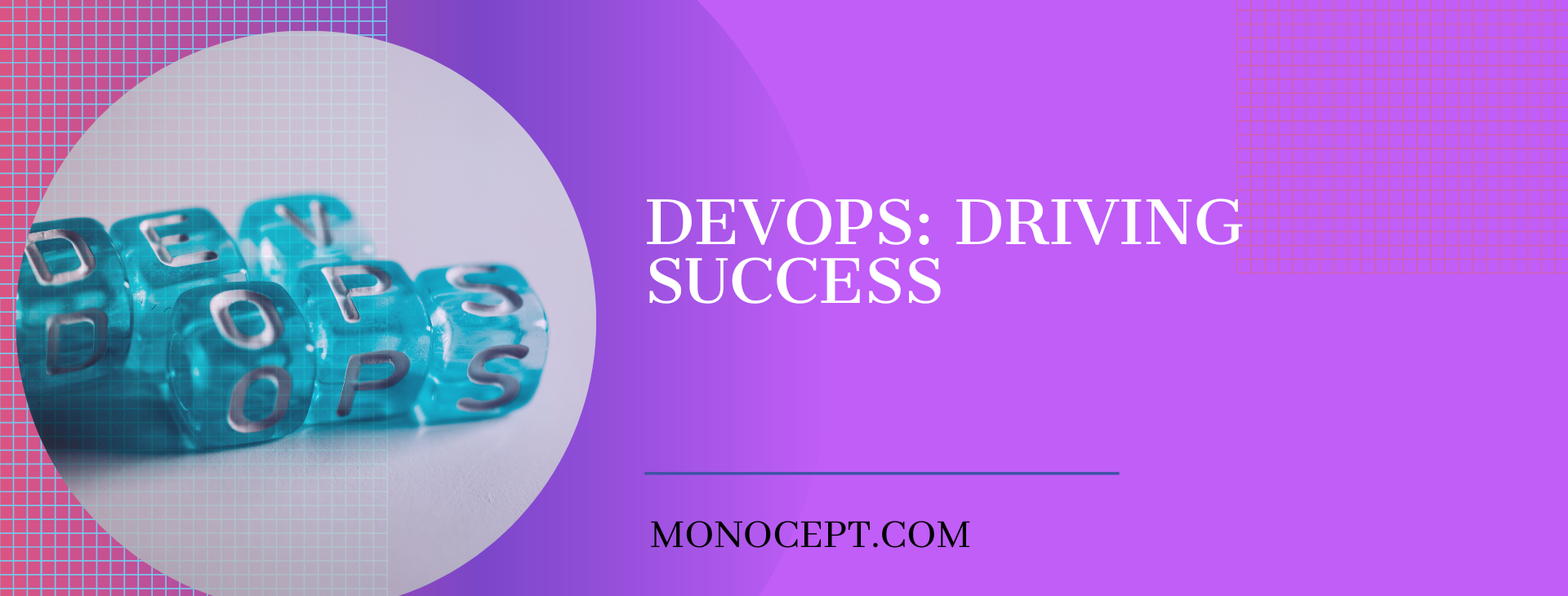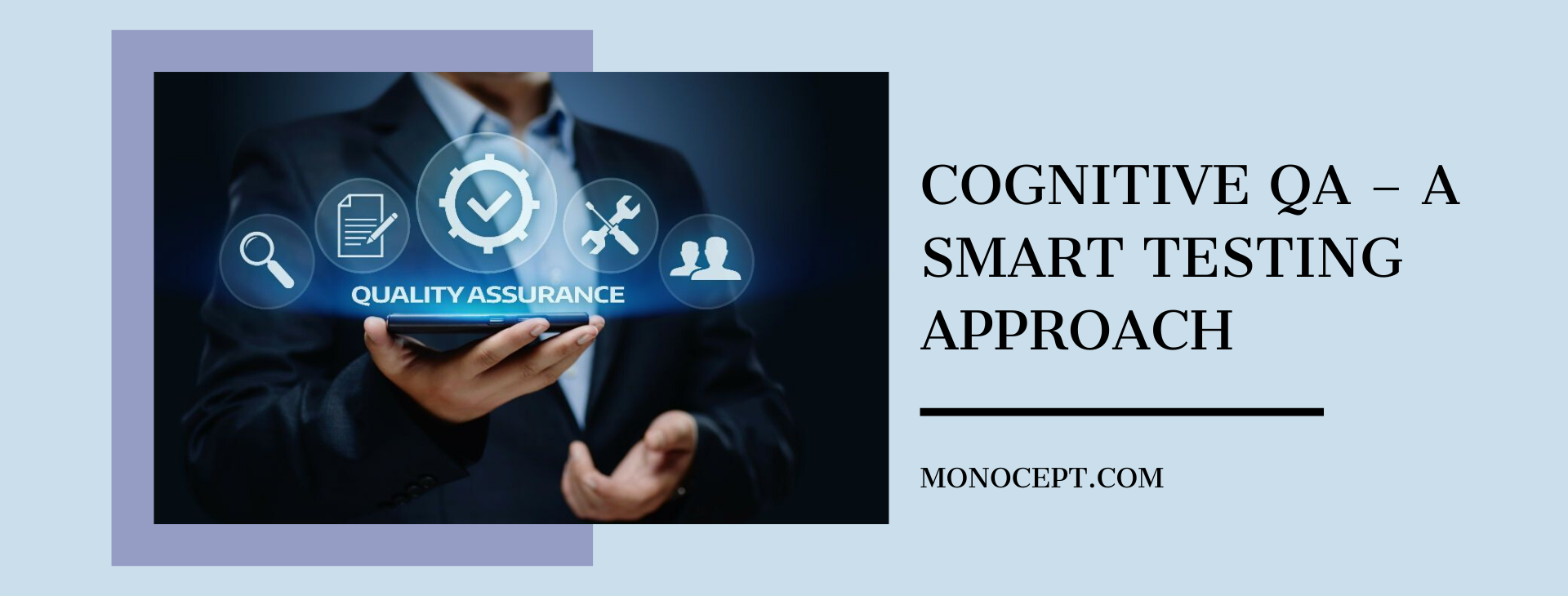Leveraging analytics for intelligent and predictive QA
Business environments, in the world that we currently live in, are volatile, dynamic, uncertain, and rapidly evolving. The global economy is increasingly becoming dependent on technology, as innovations in products, softwares, AI and robotics are paving the way of demanding customers in a hyper competitive market. In such an environment, it has become imperative for even traditionally run organisations to turn to technology-driven solutions not just to thrive, but simply survive!
Artificial intelligence, coupled with big data analysis form the backbone of the digital transformation that is powering business operations today. With the help of these two, organisations are able to create and deploy specialised and personalised systems of intelligence (SOI) that collect, analyse, infer, and learn from the data collected for their particular business objectives. These SOIs help companies innovate, make better business decisions, enable more targeted digital marketing, improve consumer experience, and gain valuable and increasingly sophisticated business insights from the large volumes of data being collected continuously. As the company progresses on its digital transformation journey, and invests further in technology, the data being gathered not only increases in volume, but is also mined at a greater speed, and is more complex in its implications for what it could mean in terms of possibilities for the organisation.
As these SOIs evolve and transform businesses into intelligent digital enterprises, it becomes important to redefine what quality assurance (QA) for these business means, going forward. At present, QA is still largely considered a reactive business function to ensure better customer experience by detecting defects at the lowest possible cost. This traditional perception needs to change, and QA needs to perform an analytics-based predictive function more than a reactive one. To put it simply, the focus needs to shift from defect detection to prediction, with the help of advanced analytics.
There is enough data to corroborate the advantages of such a shift in QA’s role within organisations. The Standish Group’s 2015 Chaos Report projects a failure rate of 24 percent for medium-sized software projects, while estimating that 17 percent large initiatives will miss their targets. Both, delays and failures, come at huge financial costs that can be difficult to absorb for companies at a time when the economy is sluggish, while in the midst of great upheaval. To prevent this, data and information can be leveraged for intelligent and predictive QA, with the help of quality insights (QI) and analytics that optimise the testing process by predicting the likelihood of failure by identifying previously unanticipated defects so that the company can change course, address critical challenges and implement a responsive strategy.
Analytics can help engineers and testers detect quality deficiencies in the product at an early stage of the project, while also predicting their impact, so that corrective steps can be taken in advance, by using a three-pronged approach that uses technical, social, and business insights.
Technical insights: This involves using modern technologies such as machine learning are used to gather, analyse and visualise information buried in voluminous swaths of data to improve productivity.
Social insights: There is a great volume of customer data available to businesses, gathered from social networking sites, e-commerce portals, customer interaction logs, app store reviews. This data can yield valuable insights about current and potential customers regarding what they desire from the product in terms of desirable, undesirable, unusable of intrusive features, security and privacy concerns, multi0channel interaction patterns, defects, etc.
Business insights: Analytics are invaluable when it comes to understanding the success and failure of business processes, and their real-world impact on the customer’s interaction with the business. When usage data of customers is collected from multiple sources and analysed, it can give businesses an understanding of which of their products and features are most popular, frequently used with a high return on investment, most prone to errors, and non-performing.
Want to know more, drop a mail at info@monocept.com.
What’s your Challenge? Let’s work together to solve it.


















